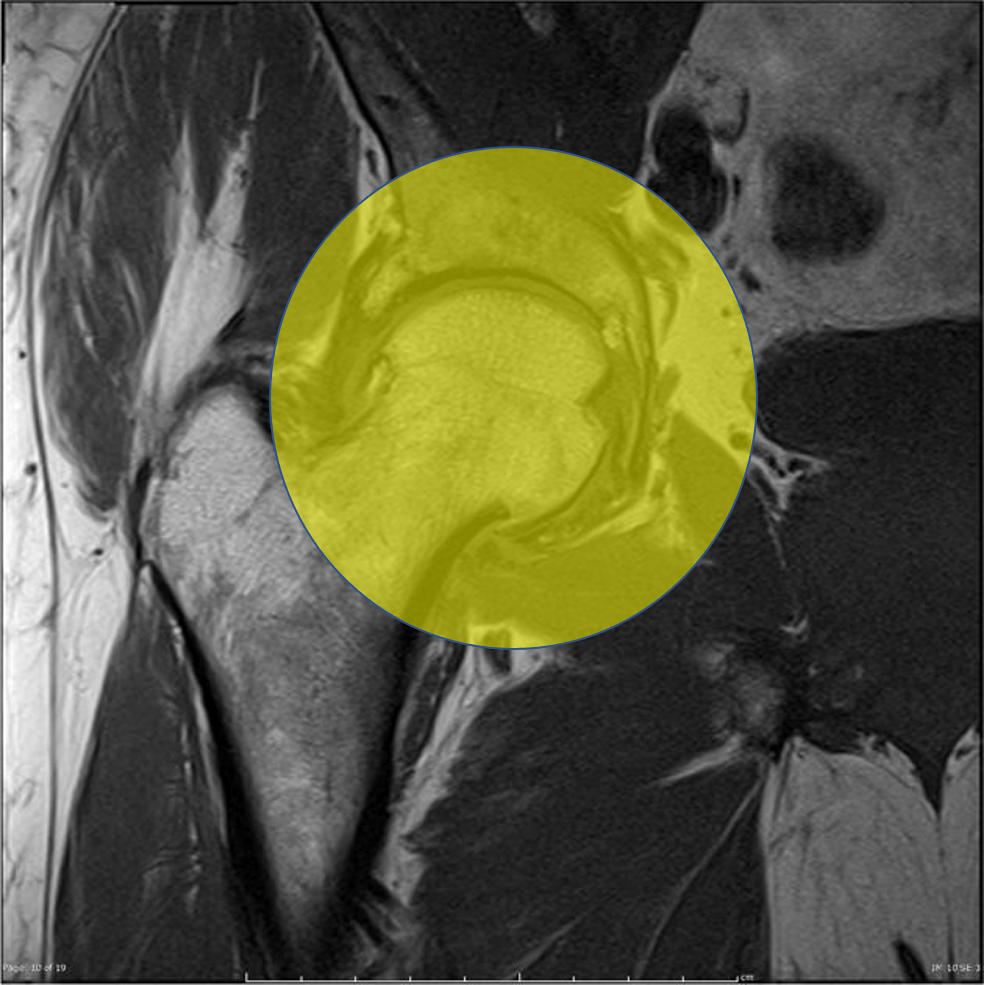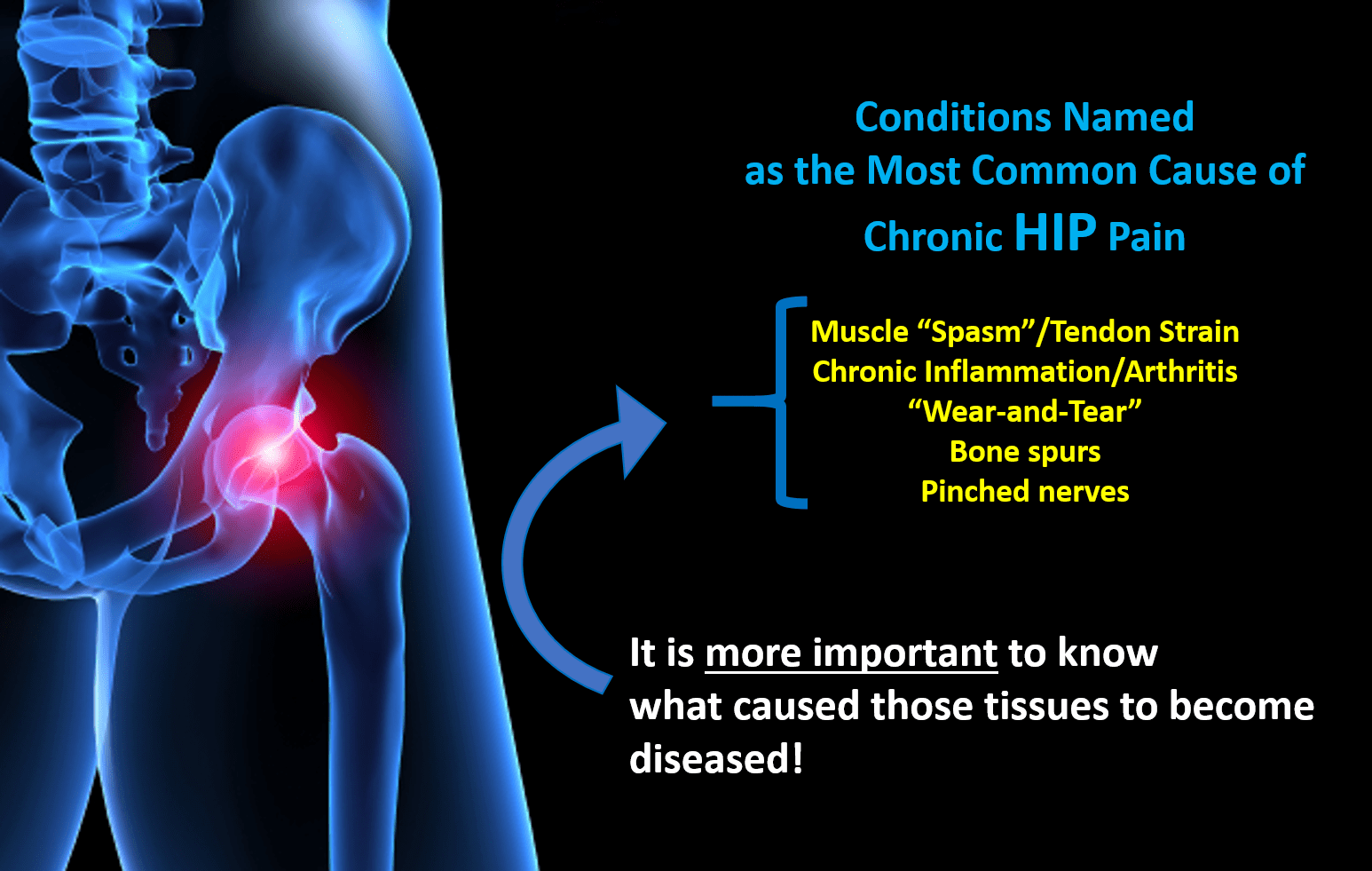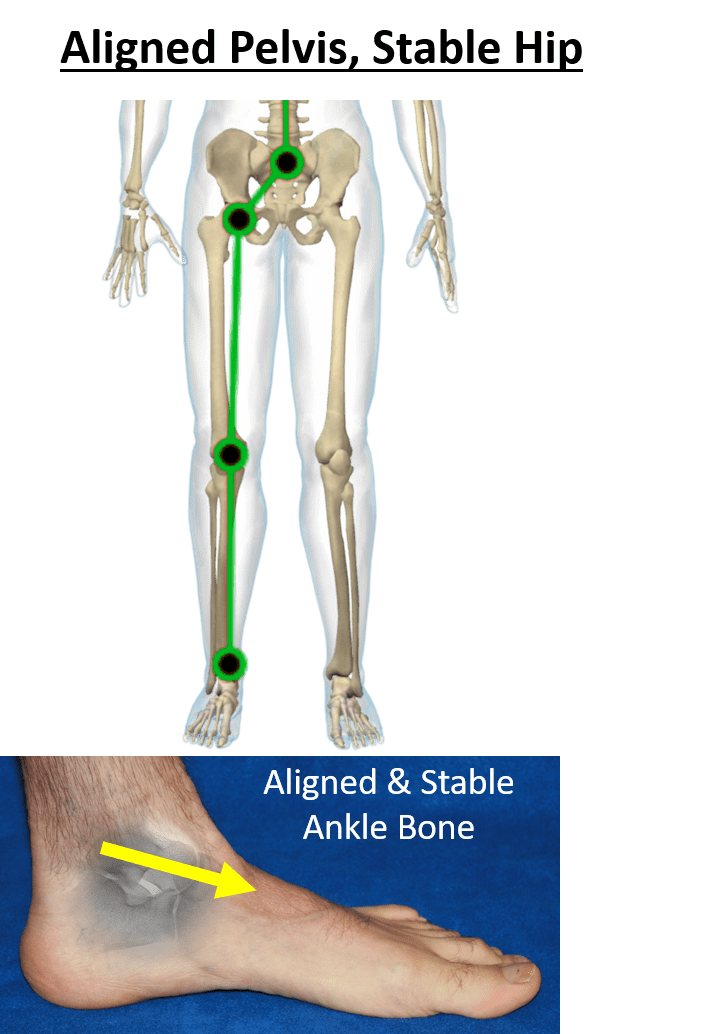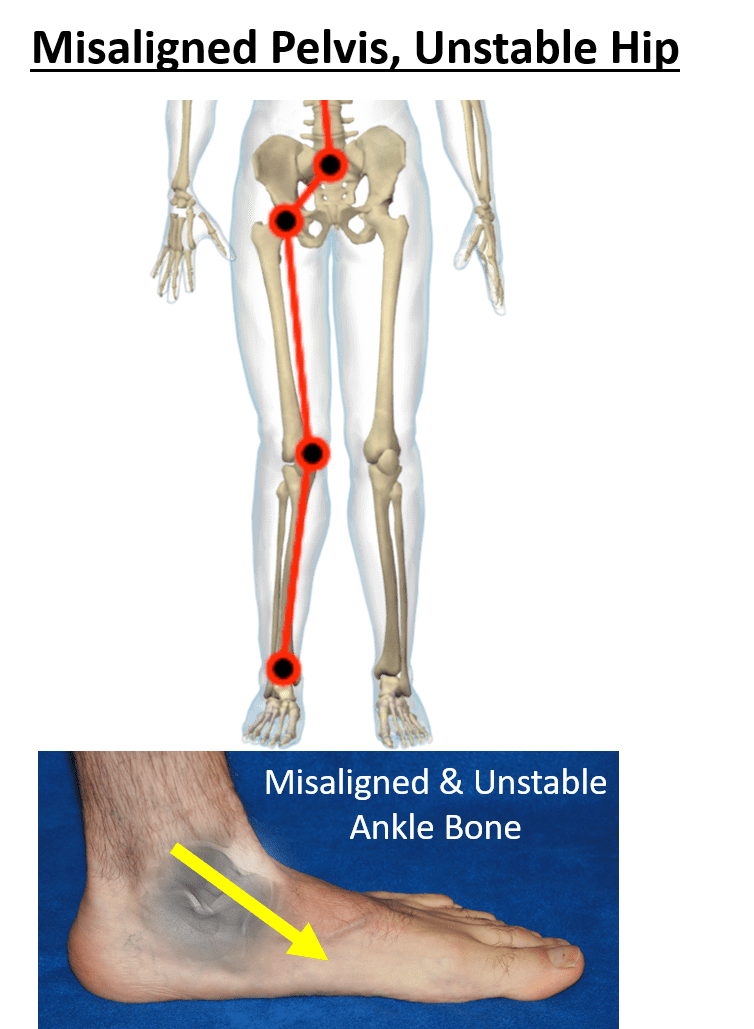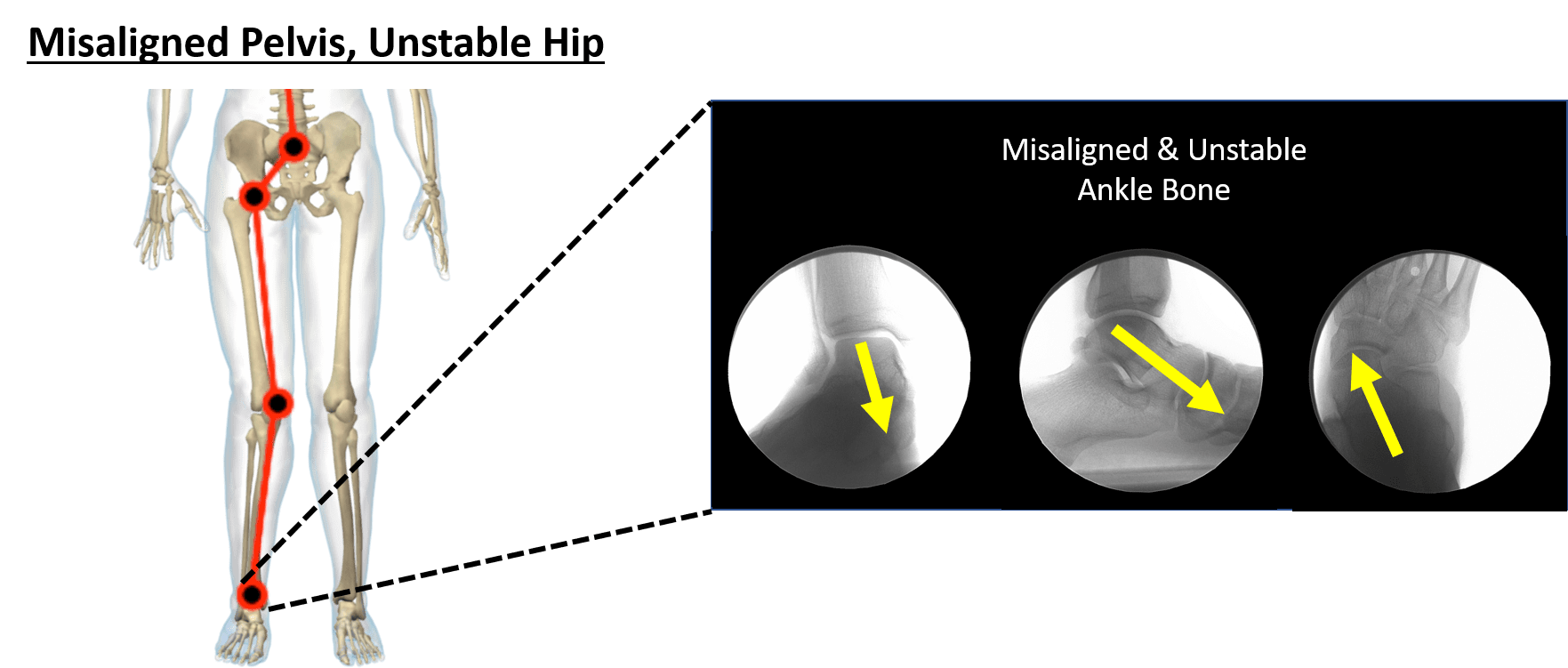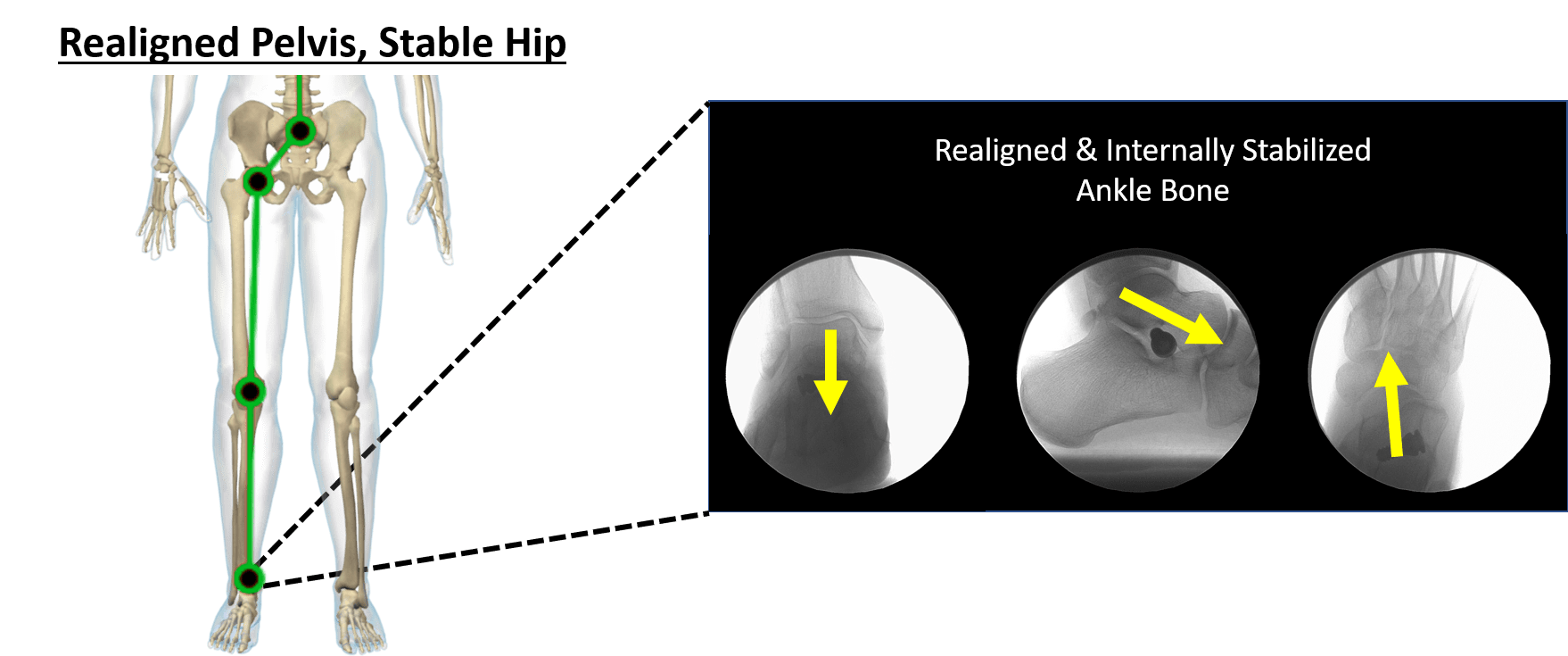Hip Pain
What is the best form of treatment?
When you perform an online search for hip pain and sciatica, you will see so many different treatment recommendations.
Hopefully, you will find some options that make sense but unfortunately, many find only temporary relief. Conservative, non-surgical options should always be considered before undergoing an irreversible surgical procedure.
Currently recommended treatments include:
- Information and education
- Weight loss for overweight patients
- Physical therapy as the base of conservative treatment
- Nonsteroidal anti-inflammatory drugs (NSAIDs) are recommended for patients with persistent pain and (weak) opioids, “pain pills”
- The last option before total joint replacement (TJR) is indicated or if TJR is contraindicated.
It is important to know hip surgery does not guarantee the end of your hip pain.
Many patients will continue to have hip pain, and many will require revision hip surgery. Researchers discovered that revision surgery is due to continued hip instability. This all tells us that there are “outside” factors that are continuing to negatively affect the hip. The one underlying cause that has to be addressed is the partially dislocating ankle bone. The best and most effective option to maintain the alignment and stability of the ankle bone is by the insertion of HyProCure into the naturally occurring space between the ankle and heel bones. Instantly, the ankle bone is stabilized while still allowing a normal range of motion.

